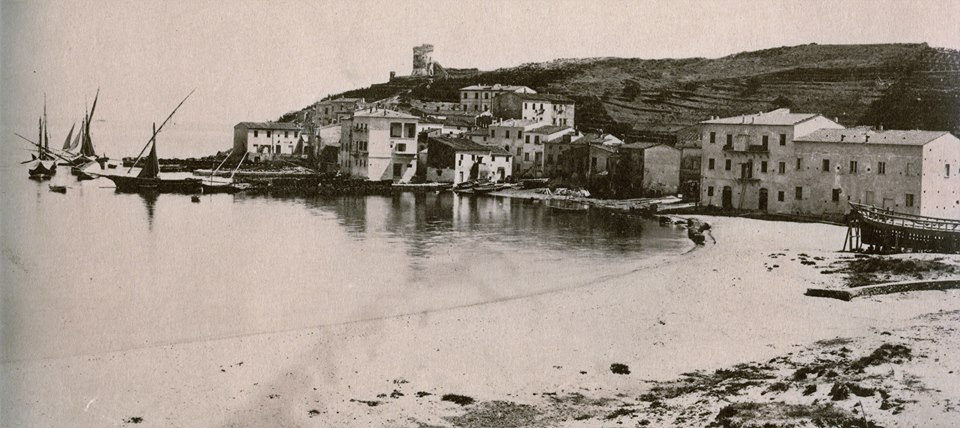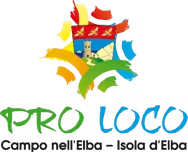The History of the Municipality
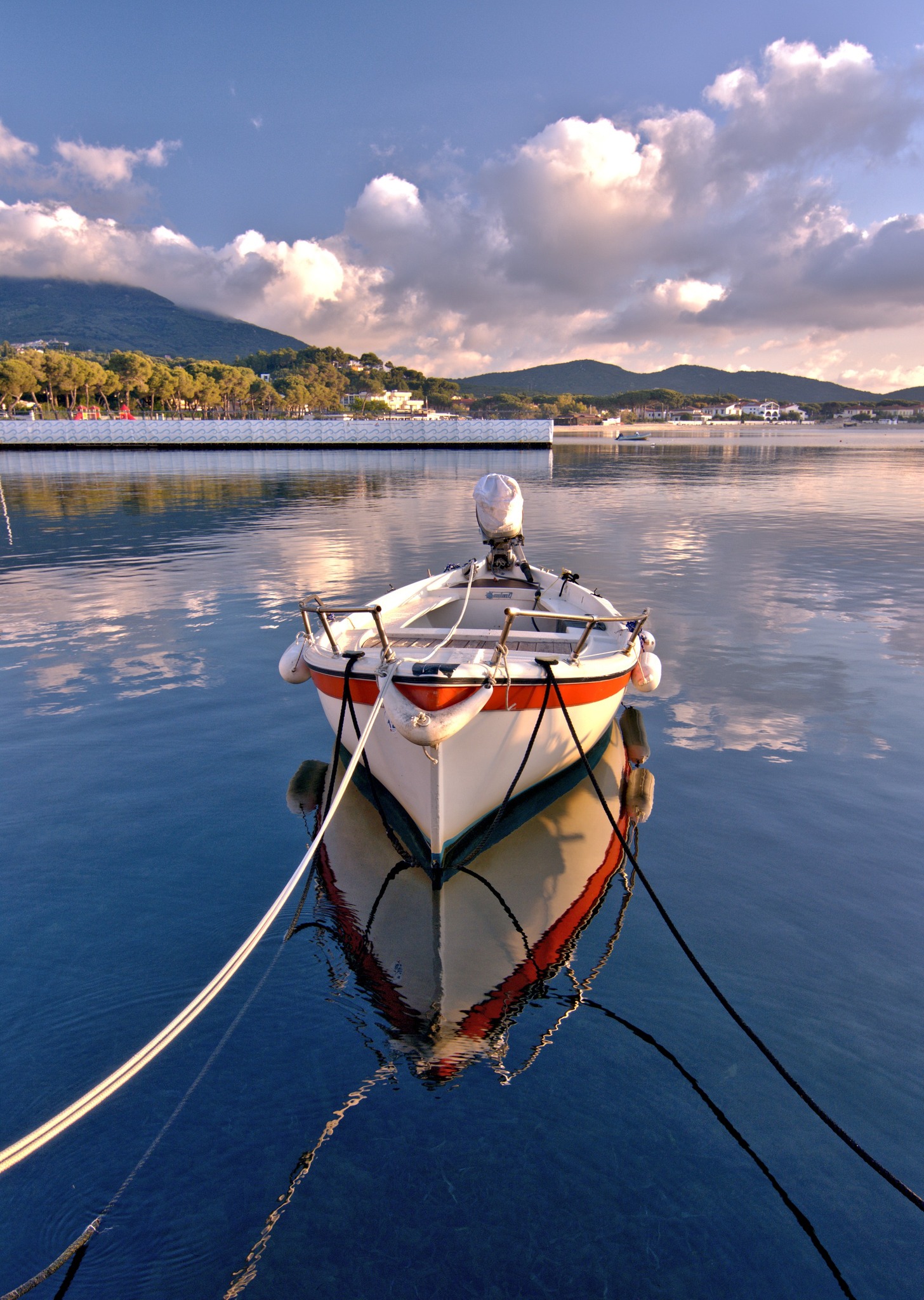
An authentic corner of Elba Island
Among the seven municipalities of Elba Island, Campo nell’Elba is the largest in terms of area (55.79 km²) after Portoferraio, the island’s capital, and the second in population with 4,805 residents out of a total of 32,000 on the entire island.
The municipality is relatively young. It was officially established by a Royal Decree in 1894, separating from the territory of Marciana. After the previous creation of the Marciana Marina municipality, Campo nell’Elba became the island’s eighth municipality. Alongside Marina di Campo, which was chosen as the municipal seat, the municipality includes the hamlets of San Piero and Sant’Ilario, historic hilltop villages, and the southern localities of Cavoli, Seccheto, Fetovaia, as well as a small part of Pomonte, collectively known today as the “Costa del Sole.” The internal hamlets of La Pila, Bonalaccia, and Filetto are also part of the municipality. Finally, the island of Pianosa, famous for its prison facilities established in the mid-1800s, is also included.
Historically, Elba was under the Republic of Pisa until the late 1300s, after which it became part of the Principality of Piombino, first under the Appiani-Aragona family and later under the Boncompagni-Ludovisi, until the Napoleonic campaigns of 1814.
Following this period, the island came under the rule of the Lorraine family from Florence, until the unification of Italy.
Even in Roman times, the granite areas of Campo nell’Elba were exploited for the extraction and processing of columns and building materials used in temples and colonnades of Imperial Rome. Evidence of this can still be seen in the numerous unfinished stone remains scattered throughout the territory, which were also used during the later Pisan period. Many of the columns of the Pisa Cathedral, the Baptistery, and other Tuscan churches come from the quarries of Seccheto and Cavoli.
This important natural resource, combined with agriculture and magnesite mining, provided the economic backbone of the local population until the 1950s, when a gradual but unstoppable shift toward tourism began.
Stone masons, farmers, and sailors of medium and long voyages started preparing to welcome the growing number of summer visitors. Today, tourism is the primary economic resource of the island.
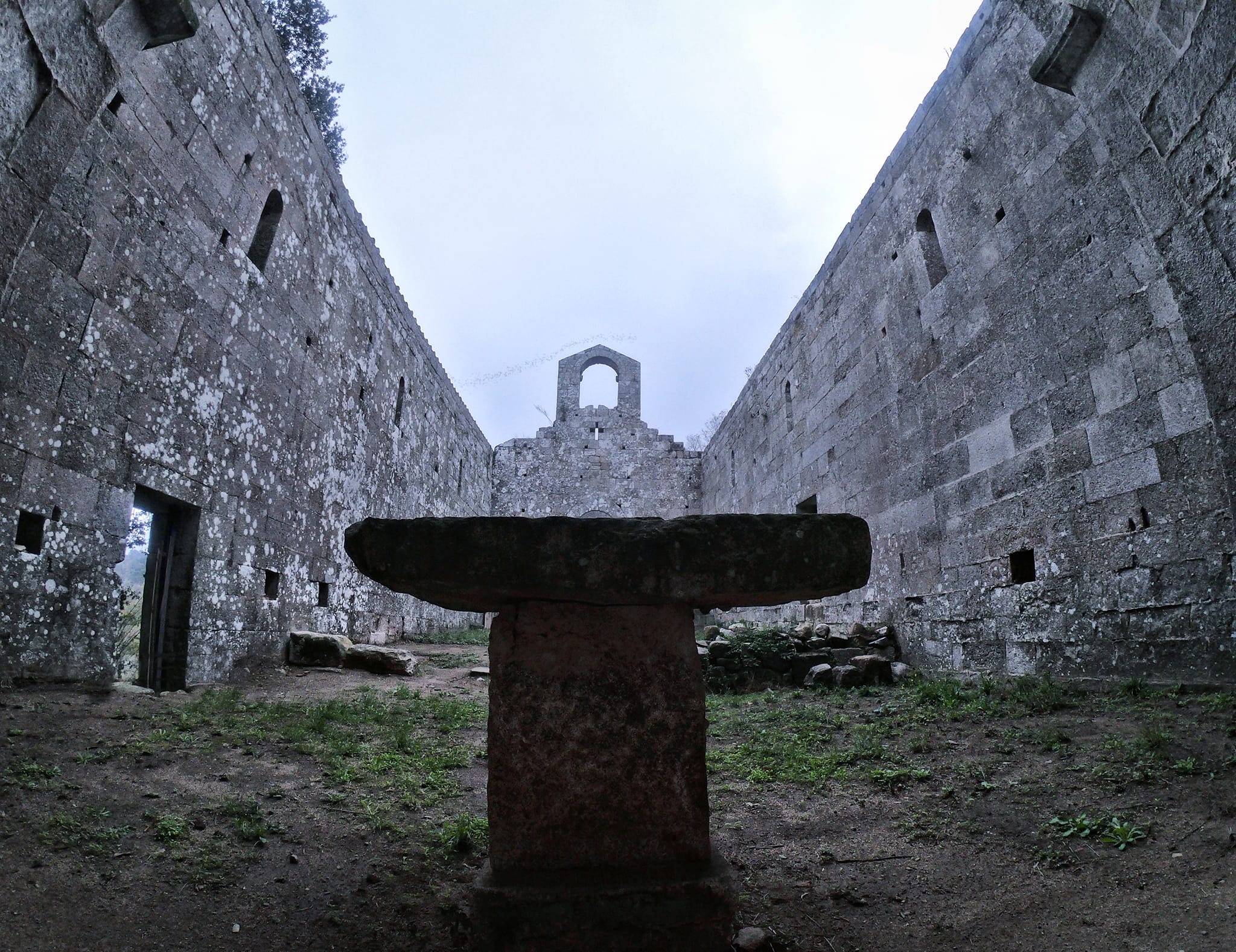
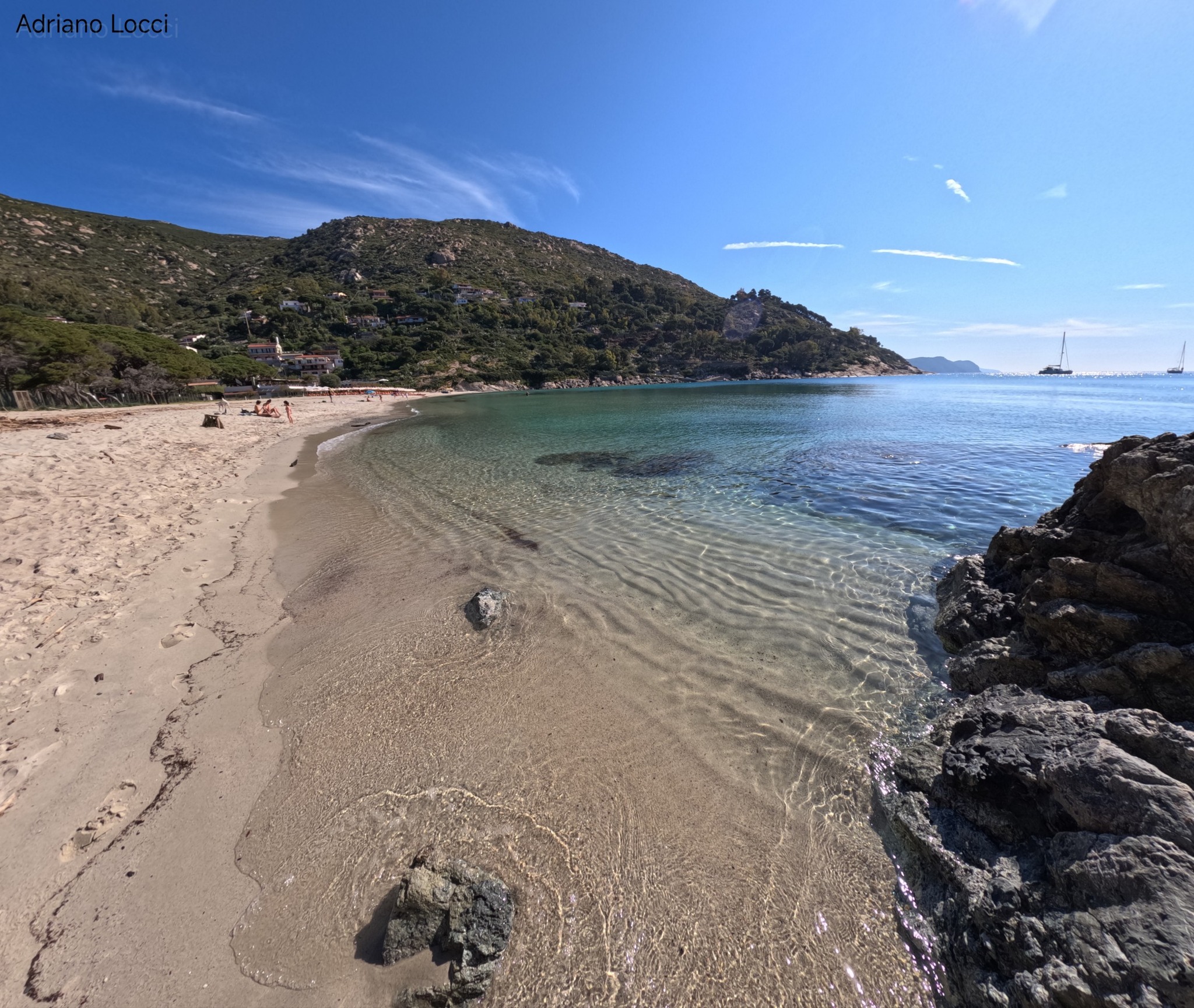
The stunning granite beaches of Marina di Campo, Cavoli, Seccheto, and Fetovaia are among the most popular on Elba, with numerous hotels along the coast reaching full occupancy during the summer months. For those seeking tranquility and hiking, the many hill and mountain trails offer walks immersed in nature, with unforgettable views and scents. Meanwhile, the peaceful hilltop villages of San Piero and Sant’Ilario, with their ancient towers, Romanesque churches, Baroque chapels, and narrow flower-filled streets, allow visitors to forget the noisy pace of city life.
We look forward to welcoming you to enjoy unforgettable and evocative moments in the ” Municipality of Campo nell’Elba. “
